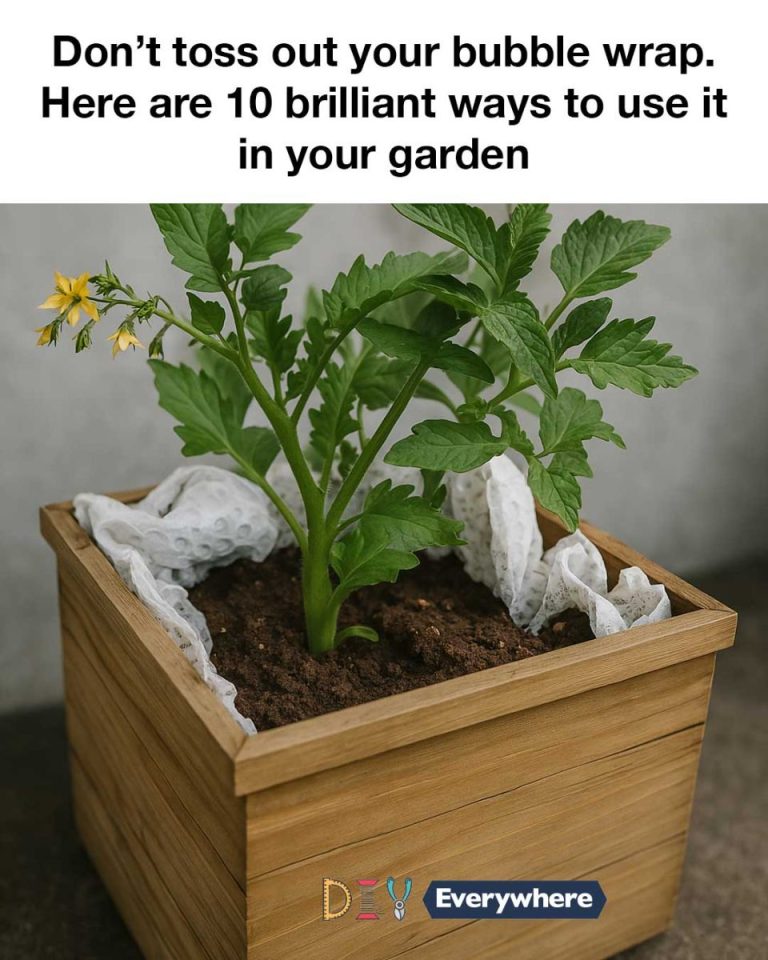ADVERTISEMENT
Don’t toss out your bubble wrap. Here are 10 brilliant ways to use it in your garden

Bubble wrap can be used to create a simple, water-efficient irrigation system. By wrapping bubble wrap around a perforated hose or soaker hose, you can slow down water evaporation and ensure more consistent moisture delivery to plant roots. This method is particularly useful in dry climates.
6. Using Bubble Wrap as a Weed Barrier
Weeds compete with plants for nutrients and water. Use bubble wrap as a barrier by laying it on the soil surface before adding mulch. The wrap blocks sunlight, preventing weed growth while allowing water to penetrate. This method reduces the need for chemical herbicides.
7. Making a Bubble Wrap Compost Cover
Composting is an excellent way to recycle organic waste, but maintaining the right moisture level is key. Covering your compost pile with bubble wrap helps retain moisture and heat, accelerating the decomposition process. Ensure the wrap is secured to prevent it from blowing away.
8. Shielding Fruit Trees from Birds and Pests
Birds and small animals can wreak havoc on fruit trees. Wrap branches with bubble wrap to deter these pests. The texture and noise of the wrap can discourage animals from approaching, protecting your harvest without the need for harmful chemicals.
9. Constructing a Bubble Wrap Windbreak
Strong winds can damage plants and dry out soil. Create a windbreak by attaching bubble wrap to stakes around your garden. This barrier reduces wind speed, protecting plants and conserving soil moisture. It's a temporary solution that can be easily adjusted as needed.
10. Recycling Bubble Wrap for Pathway Cushioning
Garden pathways can be harsh on feet and knees. Lay bubble wrap under stepping stones or gravel to provide a cushioned surface. This not only makes walking more comfortable but also helps with drainage by allowing water to pass through.
Conclusion: Sustainable Gardening Practices with Bubble Wrap
Incorporating bubble wrap into your gardening routine is a smart, sustainable choice. By repurposing this common material, you can enhance plant protection, improve growing conditions, and reduce waste. These innovative uses demonstrate that with a bit of creativity, everyday items can be transformed into valuable gardening tools.
ADVERTISEMENT
Pages: 1 2